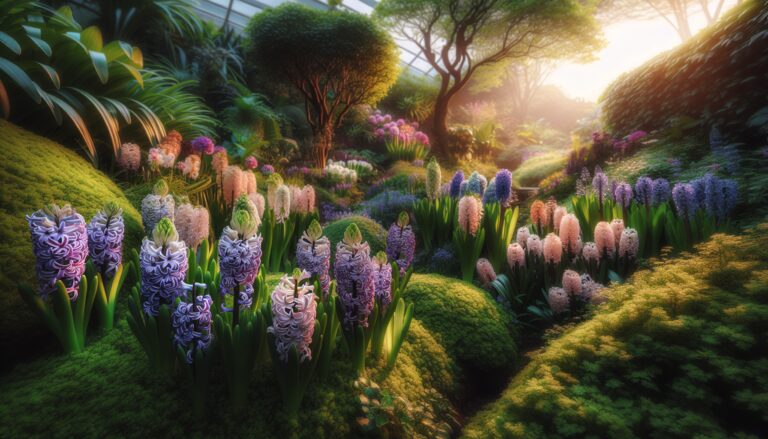Argomenti trattati
Understanding hyacinths and their needs
Hyacinths, scientifically known as Hyacinthus orientalis, are beloved for their early spring blooms, vibrant colors, and delightful fragrance. These perennial bulbs are not only a staple in gardens but also a popular choice for indoor displays and holiday arrangements, particularly around Easter. With the right care, hyacinths can thrive for several years, providing a burst of color and scent each spring. Understanding their specific needs is crucial for ensuring they flourish.
Optimal growing conditions
Hyacinths are hardy in USDA zones 4 to 8, but they can be cultivated in most regions with proper care. These bulbs prefer cooler temperatures, thriving best when winter temperatures hover around 30°F. To maximize their blooming potential, it’s essential to plant them in well-drained soil and provide adequate sunlight. After the flowers fade, it’s important to remove the flowering stems while allowing the foliage to die back naturally. This process helps the bulbs store energy for the next blooming season.
Watering and fertilization tips
Maintaining the right moisture level is vital for hyacinths. During the growing season, water the plants when the top inch of soil feels dry. Overwatering can lead to bulb rot, so ensure your containers have drainage holes. Once the foliage begins to yellow, reduce watering and eventually stop altogether. Fertilizing with a balanced fertilizer in early spring and again in autumn will help keep the bulbs healthy and robust. If using granular fertilizer, remember to water well after application to prevent root burn.
Storing hyacinths for future blooms
For those who grow hyacinths in pots, it’s possible to save the bulbs for future planting. After the blooms fade, remove the flowers and stems, and continue to care for the foliage until it naturally dies back. Once the leaves have withered, stop watering and allow the soil to dry before removing the bulbs. Cure the bulbs by laying them on brown paper in a cool, dark place for three days. After curing, store them in a mesh bag in a cool location around 40°F until it’s time to replant them six to eight weeks before the first frost.
Special considerations for different climates
In warmer climates (zones 9 and higher), hyacinths must be dug up after the foliage dies back and cold stratified before replanting. This process involves keeping the bulbs in the refrigerator for six to eight weeks to mimic winter conditions. For gardeners in colder zones (3 and lower), applying heavy mulch can protect the bulbs from extreme temperatures. Regardless of your climate, proper care and attention to detail will ensure your hyacinths return year after year, bringing joy and beauty to your garden.

